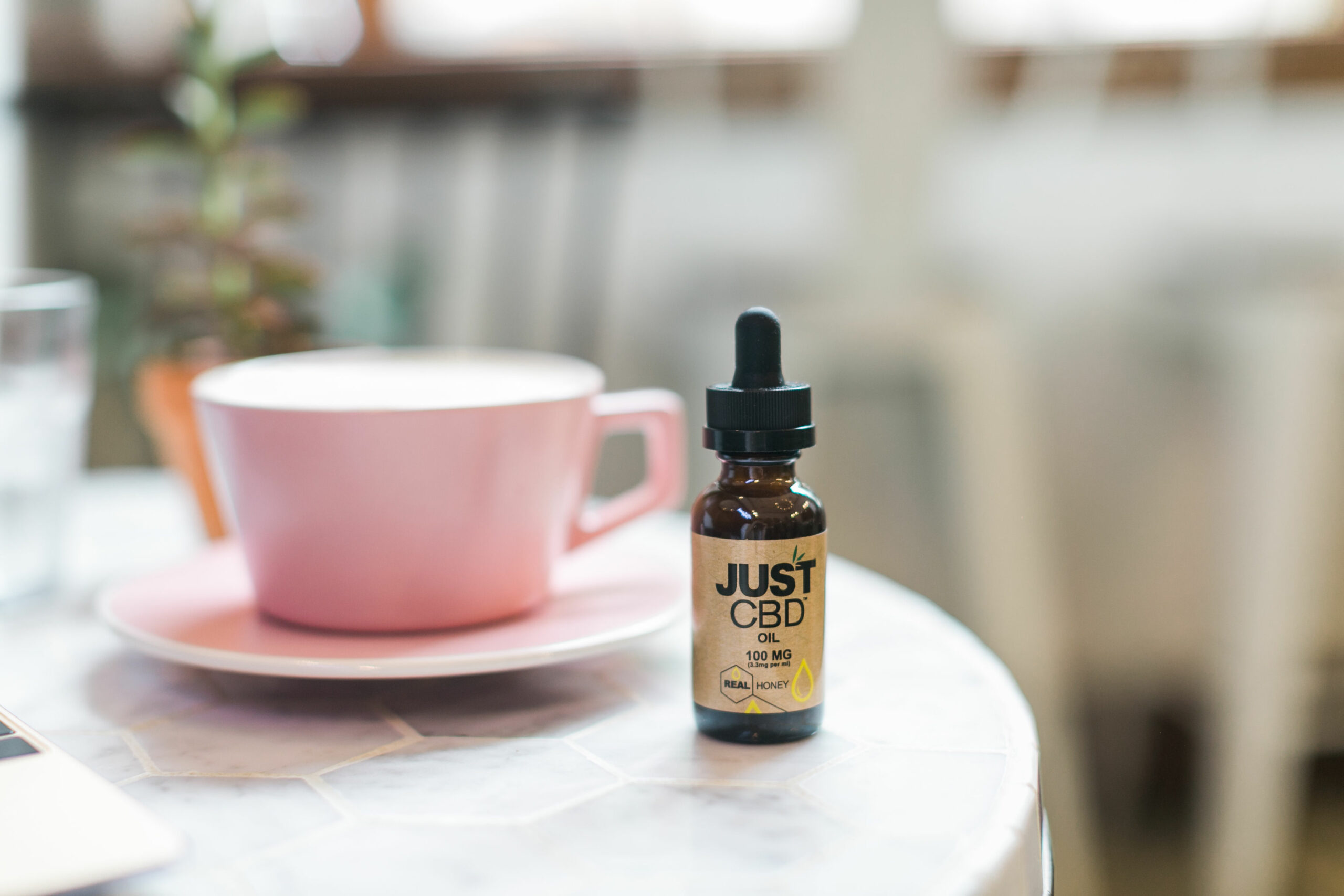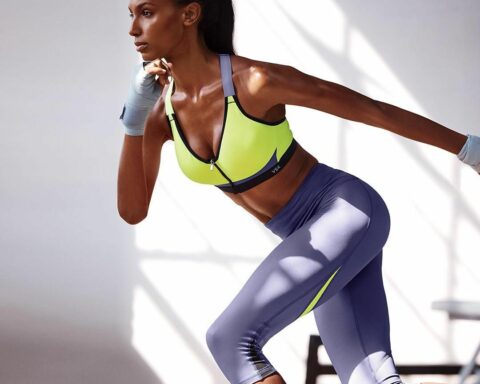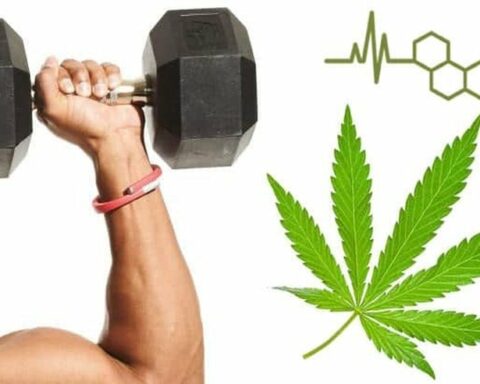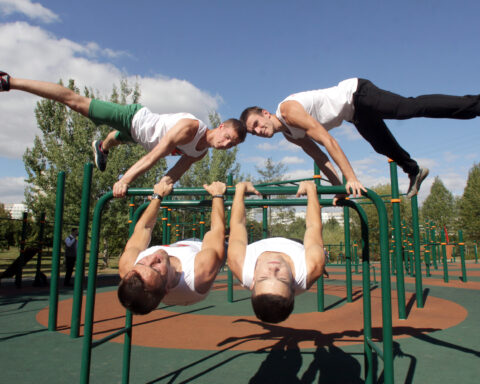CBD has lots of benefits. You might be wondering if CBD topicals can help when it comes to working out. CBD topicals have several benefits to the human body. Some of the benefits include alleviating muscle and joint pain.
The popularity of CBD is due to the hundreds of health benefits it offers. CBD is a non-psychoactive compound found in the cannabis plant. Some of the benefits include sleep alleviation, dealing with anxiety and inflammation, and relieving pain. For centuries, cannabis has been of use to ease pain-related issues. Furthermore, there are many promising advantages in its uses. CBD is used to make many products such as vapes, tinctures, edibles, and topicals. Let’s dig deeper, and know-how workouts and CBD are linked.
What is CBD?
Massi et al. (2006) and Bauer et al. (2020) described CBD as the non-psychoactive chemical compound in hemp, marijuana, and other variants of cannabis plants. CBD is among several compounds one can find in the cannabis plant. Another close compound to CBD is THC which is well known for its high effects, as Schlienz et al. (2018) described. Tetrahydrocannabinol is found in the hemp plant and has psychoactive effects. This makes its users experience a high feeling. CBD legality varies depending on the state and country. However, its popularity and numerous benefits have made CBD legal in most states. Moreover, professional athletes are also allowed to use this compound.
Utilization of CBD
CBD is availed in several forms, such as gels, vapes, bath slats, edibles, tinctures, and drops. Sublingual forms are absorbed fast since they do not have to pass through the digestive system to undergo metabolism. CBD topical oils come in distinguished three forms. They are applied to the skin by massaging the affected area to ease the pain. CBD topicals come in the form of lotions, balms, and creams. Lotions have a high moisture content; hence, they do not have a sticky feeling when applied. On the other hand, creams are thick. Therefore, they have no moisture. It is advisable that one first disinfects the affected area. Rub the oil and massage the affected area. The effects of the oil will be felt after some time. On the other hand, oral CBD drops start to work directly on the endocannabinoid system and offer relief for affected deep muscle tissues.
How CBD Works
The human body comprises several cells that need to work together. Communication is achieved through chemical messengers and electrical impulses. People who work out are mostly affected by muscle inflammation. Inflammation is subject to chemical messengers that travel all-round the body to alert the immune system so that action may be taken in the injured part. Schuelert & McDougal (2011) and Hammell et al. (2016) find CBD great for inflammation. CBD aims to work with the Endocannabinoid system for effectiveness. Battista & Di Tommaso’s (2012) overview states that ECS plays an important role in maintaining homeostasis. Moreover, CBD controls multiple pathways, affecting inflammation at every stage, making them operative in diverse types of inflammation. This leads to CBD affecting several organs, including the muscular system.
Combine CBD with Other Measures
CBD should be used with other conservation measures to get the best out of it. When using CBD for recovery, it is good to involve other pain-relieving strategies such as having a good rest, eating a balanced meal, stretching your muscles, and undergoing body massages.
Workouts
These are exercises that help the muscles get stretched and be flexible. Working out can be a nightmare, especially if one is not used to it. Pain is mostly experienced post-working out. Therefore, if one cannot deal with the pain they experience, they might quit their working out routine. Connolly et al. (2003) described the pain one experiences after a workout as delayed onset muscle soreness (DOMs). Muscle aches are meant to happen as the body tries to adapt to the process. As time goes by, the body gets used to the pain, and muscles become stronger and resistant to the comparable physical exertion of the same level. CBD is gaining popularity in as much as many remedies help in relieving pain and reducing inflammation. A major problem arises when we don’t have enough patience to wait for the pain to subside and naturally continue our daily workout. Most people who work out daily view this healing process as a delay and opt to get a faster solution. Thus, they end up using CD to get maximum effectiveness quickly.
Benefits of CBD
Some of the well-known benefits of CBD are: that it helps reduces muscle tension, inflammation of the muscles, and sleep disorders. CBD helps in preventing injury to the nearby muscles by reducing muscle tension. According to Hatchett et al. (2020), CBD helps prevent DOMs and the pain that is associated with it. CBD also helps one recover fast, and therefore, one can be consistent in their training sessions since they do not experience prolonged pain.
CBD comes with different potencies depending on the method of administration. Reliant to the intensity of the pain and the location of the injury, one is required to adjust their dose to get the full effects they desire. It is advisable to start low and keep titrating till you get the correct balance in the body you need.
Conclusion
CBD topicals work best when dealing with pain and inflammation related to workouts. The calming effect of CBD is also important after a tedious workout as it acts as a relief. CBD topical’s soothing effect motivates you to rise the following day and efficiently go about your workout sessions. This will make you keep up with your work routine. When looking for a CBD topical that will help you, consider a clearly labeled CBD topical package where the CBD dosage has been indicated for efficient utilization. Go for a product made from organically acquired hemp with no synthetic dyes and one that has undergone a third-party lab test for potency.
References
Battista, N., Di Tommaso, M., Bari, M., & Maccarrone, M. (2012). The endocannabinoid
system: an overview. Frontiers in behavioral neuroscience, 6, 9.
Bauer, B. A. (2020). What Are The Benefits Of CBD–And Is It Safe To Use?. In Mayo
Clinic.
Connolly, D. A., Sayers, S. P., & McHugh, M. P. (2003). Treatment and prevention of delayed onset muscle soreness. Journal of strength and conditioning research, 17(1), 197-208.
Hammell, D. C., Zhang, L. P., Ma, F., Abshire, S. M., McIlwrath, S. L., Stinchcomb, A. L.,
& Westlund, K. N. (2016). Transdermal cannabidiol reduces inflammation and pain-related behaviors in a rat model of arthritis. European journal of pain (London, England), 20(6), 936–948.
Hatchett, A., Armstrong, K., Hughes, B., & Parr, B. (2020). The influence of cannabidiol
on delayed onset of muscle soreness. Int. J. Phys. Educ. Sports Health, 7, 89-94.
Massi, P., Vaccani, A., Bianchessi, S., Costa, B., Macchi, P., & Parolaro, D. (2006). The non-psychoactive cannabidiol triggers caspase activation and oxidative stress in human glioma cells. Cellular and Molecular Life Sciences CMLS, 63(17), 2057-2066.
Schlienz, N. J., Lee, D. C., Stitzer, M. L., & Vandrey, R. (2018). The effect of high-dose dronabinol (oral THC) maintenance on cannabis self-administration. Drug and alcohol dependence, 187, 254-260.
Schuelert, N., & McDougall, J. J. (2011). The abnormal cannabidiol analog O-1602 reduces nociception in a rat model of acute arthritis via the putative cannabinoid receptor GPR55. Neuroscience Letters, 500(1), 72–76.
- Eye Spy: Worldwide Eye Color Percentages - April 19, 2024
- Elevate Energy, Soothe Stress, And Peak Performance with The New UNBEETABREW Coffee Sensation - September 21, 2023
- Chef Bob’s Coffee: A Journey Fueled by Passion - July 29, 2023









